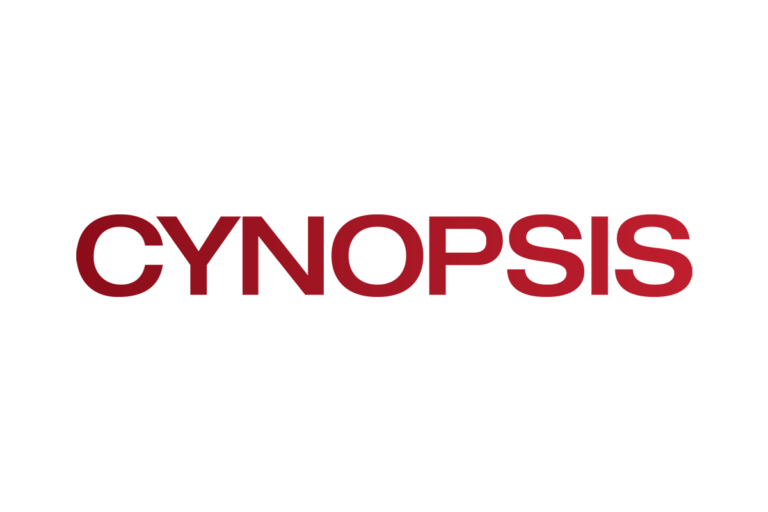Cynopsis Special Report: 2023 CTV/OTT Advertiser Survey: What’s Behind the Resilience and Spend Shift?

As we embark on the second half of the year, dollars working smarter for advertisers take center stage amidst a continued seismic shift in video consumption. One advertising medium shining bright with remarkable resilience and growth right now, and for the foreseeable future, is Connected TV (CTV) advertising.
To delve deeper into what’s driving the growth, we caught up with John Vilade, the Head of Sales at Premion to unpack the findings from their new 2023 CTV/OTT survey conducted by Advertiser Perceptions. John shared his timely perspective on what’s top-of-mind with advertisers on topics including audience targeting, measurement, co-viewing, brand safety, ad fraud, and premium inventory.
We’re always interested in uncovering new advertiser insights on where the industry is headed, and you recently released a new CTV study. Let’s start with advertiser spending. What did your study reveal?
Being on the frontlines with clients, I’m fortunate to have an inside track of what’s capturing the attention of our advertisers. And we’ve partnered with Advertiser Perceptions again for our second annual voice of the customer study — to dig deeper to uncover the concerns and priorities as it relates to marketer and agency CTV sentiment, spending and strategic imperatives for 2023. Hearts, minds and wallets are at stake, so let’s jump into some findings.
Specific to advertiser spending, the big headline is that investment and optimism for CTV/OTT advertising remain high and 65% of advertisers using CTV/OTT will increase their spending, with an average increase of 23%. The increase in spending is being driven by the ability to capture shifting TV audiences (46%), provide the benefits of TV with digital capabilities (44%), and the ability to achieve full-funnel objectives (39%).
What’s more, among advertisers who are increasing their CTV/OTT ad spending in 2023, a majority (62%) are reallocating their budgets from digital, social media, or linear TV to fund their increased spend on CTV/OTT advertising, while one in three advertisers are sourcing from new ad budgets for this.
What’s also interesting, however, is that convergent selling has really started to take hold. Last year, 42% of advertisers said that CTV/OTT budgets are controlled by integrated/hybrid buying teams and this year it jumped to more than half (52%). This aligns with our own business where we’re seeing the growth of converged selling teams across linear TV and digital advertising teams — collaborating to sell CTV.
What else did your study tell you about this convergence shift?
Convergence is urgent and in fact, there’s a race to combine linear + ad supported streaming audience strategy, planning and buying for total efficacy and client satisfaction.
We’ve been saying that, without CTV in the mix, media plans are basically shortchanging themselves. Our study and the industry will continue to reiterate this. Traditional TV advertisers need CTV to broaden their reach and capture audiences that can’t be reached through linear alone. Otherwise, they risk missing out on a significant segment of the audience. There are also many light linear viewers out there who primarily watch CTV, so it’s crucial for advertisers to have a presence on CTV. That’s why it’s a must-buy.
Our study validates this notion and tells us that a large majority (76%) of CTV/OTT advertisers view CTV/OTT advertising as an extension of their linear TV strategy. And two out of three advertisers agree that combining linear TV with CTV/OTT advertising increases brand awareness and improves overall ROI performance throughout the entire marketing funnel.
Bottom-line, we’re seeing an acceleration of this convergence shift.
So, what’s driving advertisers to shift more dollars in CTV?
Collectively, our industry has made significant investments in the streaming shift, and we’ve witnessed remarkable advancements in targeting and measurement capabilities in just a few short years. At Premion, we talk about the ‘superpowers of CTV’ for its effectiveness, particularly in terms of data targetability.
With the disappearance of IDFA and cookies, targetability on digital, mobile, and desktop has largely diminished — and we’re seeing more digital buyers turning to CTV. Advertisers can now execute highly efficient CTV campaigns by precision targeting audiences who are actively in the market, such as those intending to purchase a car within the next six months.
The findings from our study tell us that advertisers are recognizing CTV for its effectiveness, and that’s driving the increased shift in dollars to the medium. Consider this: 86% of CTV/OTT advertisers believe that CTV/OTT’s value is greater than, or equal to, that of primetime TV, with 44% saying that CTV/OTT is more valuable. This was not a surprise given the increasing amount of premium programming that’s now available on ad-supported streaming services. CTV is always primetime and even more so, when the content is premium — and quality and efficacy have most certainly arrived in CTV and is here to stay.
Additionally, achieving brand awareness and performance marketing goals (38%), leveraging the advantages of TV with digital capabilities (38%), extending the reach of linear TV campaigns (37%), and capturing declining TV audiences (37%) ranked as top CTV advertising benefits. What’s more, seven in 10 CTV/OTT advertisers agree that CTV/OTT allows them to target audiences locally in ways that are not possible with linear TV.
Measurement is another superpower of CTV. With advanced measurement and attribution solutions, advertisers can get granular on measuring outcomes to track website visits, connect CTV viewership with sales through attribution — and truly understand the ROI of each and every impression in their campaign. In fact, advertisers told us that brand lift (42%), reach and frequency (41%), sales lift (37%) and linear reach extension measurement (35%) are the top KPIs for CTV/OTT advertising.
Let’s talk co-viewing. How important is co-viewing in CTV and what do you learn from your survey?
Co-viewing is well understood with linear buyers — as Viewers Per Viewing Household (VPVH) has long been used to determine audience viewership in linear TV. But co-viewing can easily and mistakenly be overlooked by CTV advertisers. We’re educating advertisers on the importance of accounting for your total audience — you paid for it all, so count it all. Advertisers should be considering the value-add benefits of co-viewing and its impact on the effective CPM (eCPM) and engagement. They ought to consider the eCPM as the “true value” of the ad units delivered and streaming audiences should be measured in their totality. More importantly, co-viewing is associated with premium and drives engagement. Notably, our study found that more than half of CTV/OTT advertisers agree that co-viewing is a value-add benefit of CTV/OTT advertising and provides a like-for-like comparison to linear TV. Co-viewing will continue to gain in importance, and we expect advertisers will embrace this as a valuable metric substantially over the next 24-months.
What are other top advertiser priorities from your survey?
Premium video content, brand safety and ad fraud protection remain top priorities for advertisers in their CTV advertising planning and strategy. A staggering 97% of CTV/OTT advertisers agree that advertising on premium video content can enhance ROI performance goals. Additionally, 87% of advertisers prioritize brand safety in their CTV/OTT advertising planning and strategy, with nearly 40% considering it a top priority. Ad fraud is also a major concern, as highlighted by 84% of advertisers expressing worry, with over 30% being highly concerned. So, advertisers must diligently vet their providers, ensuring that their ads are displayed within brand-safe content. It’s important to ask the right questions regarding publisher vetting processes, inventory sourcing, and receive transparent reporting to mitigate risks and drive campaign success.
Your survey has provided a wealth of valuable insights. What else should we be watching for with the future growth of streaming TV industry?
I’ll leave you with three developments to watch. Premium matters more than ever and we’re continuing to show the value of premium for driving advertiser results. As advertisers seek simplification in an increasingly fragmented streaming marketplace, demand for aggregation and streamlined solutions will be highly valued. Finally, expect to see the blurring of lines between linear and streaming TV as we march towards a convergent TV future with a sense of urgency.
You can access the complete “2023 CTV/OTT Advertiser Study” here.
Read more on Cynopsis here.

